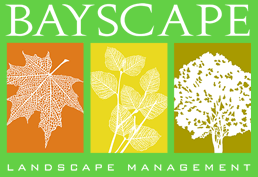You may be like the people in those ubiquitous (and admittedly motivating) commercials, who grab the perfect mix of flowers, vegetable, trees, and plants in the garden section of their local big-box home improvement store, and are able to transform an entire backyard area in what appears to be the space of a single afternoon.
Or, you might want to take it a little slower. Maybe you’d like a few varieties of vegetables and flowers that aren’t easily available in cut form, or maybe you’d like to get a head start with the planting season. Maybe you’d like to save some money. Or maybe you just like the idea of nurturing a plant from seed to harvest.
Whatever the reason you decide to start with seeds instead of cut plants, there’s really one thing you need to know to become comfortable and proficient in the art and science of seedling care: you’re going to have to do your research. This doesn’t mean you need to spend hours surfing online or holed up in the public library. But since each plant is unique, each batch of seeds will have different requirements.
There are many possible threats to your little seedlings if their unique needs aren’t met, including:
- Over- or under-watering: Under-watering can leave delicate seedlings parched; over-watering can leave them open to disease and rot.
- Planting depth: Some seeds thrive covered in soil, some need to be directly exposed to sunlight or they won’t germinate.
- When to plant: It’s common to plant too early. Even if California bears less risk of frost than other places, it’s still possible if you start them too soon.
- Transplanting: Many seedlings can’t handle being directly transplanted into daylong sunlight, and need to go through a process called “hardening,” which slowly transitions them from indoor to outdoor life.
There are lots of great resources for learning about what your seedlings need. Start with the back of the seed packet, and check out the seed companies’ websites for further information – as well as the extension arms of university agricultural departments, and websites like GrowVeg.com. Grab a gardening journal (Moleskin has some great options), or an old-fashioned notebook, and start taking notes. A little information will take you a long way in helping your young seedlings flourish as mature, producing plants. And of course, contact an expert if you need the extra maintenance and care.
